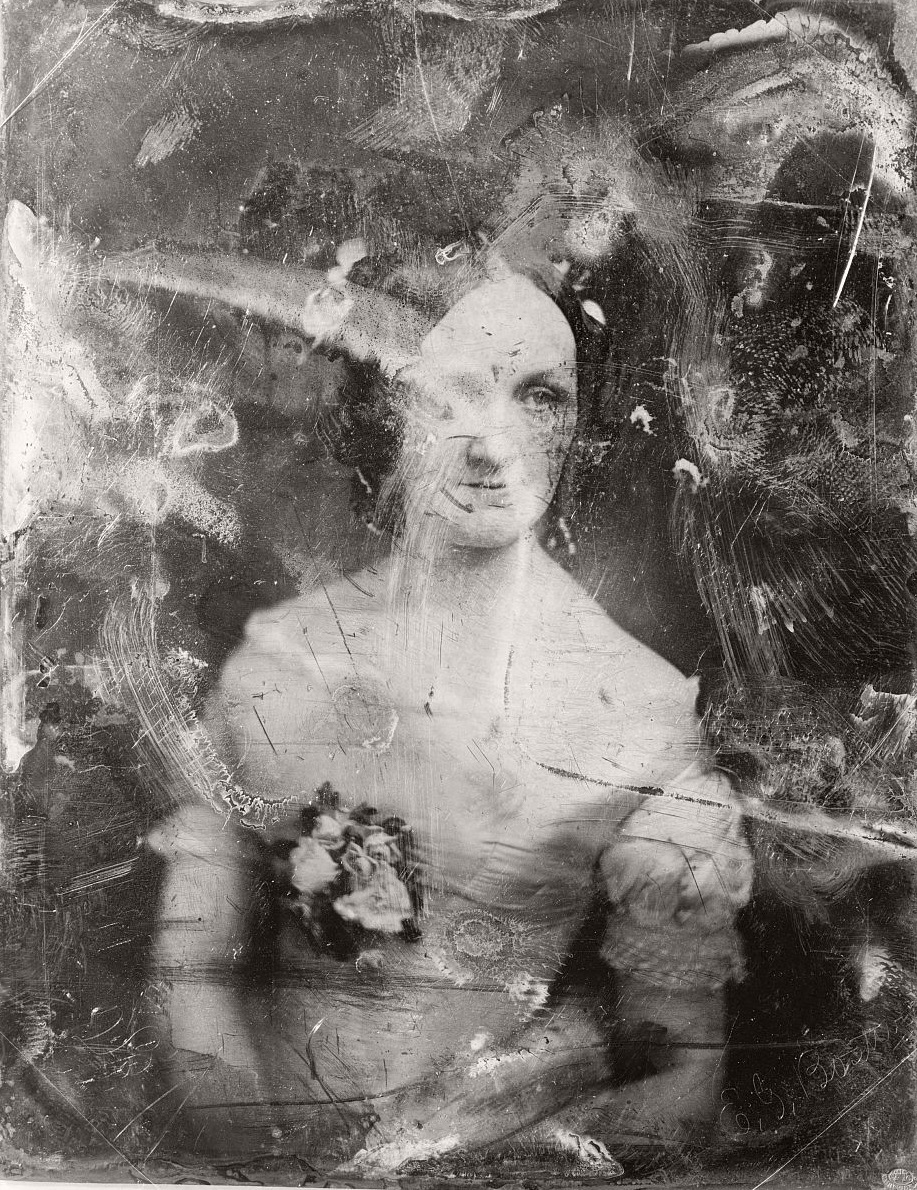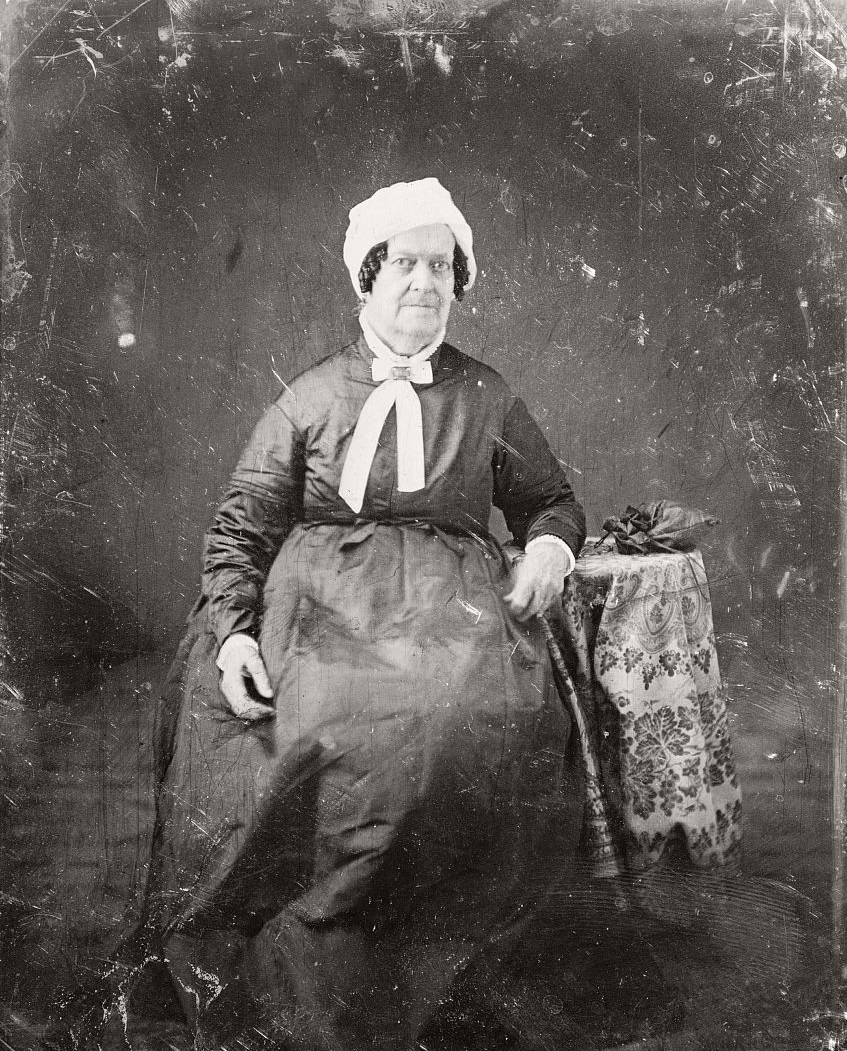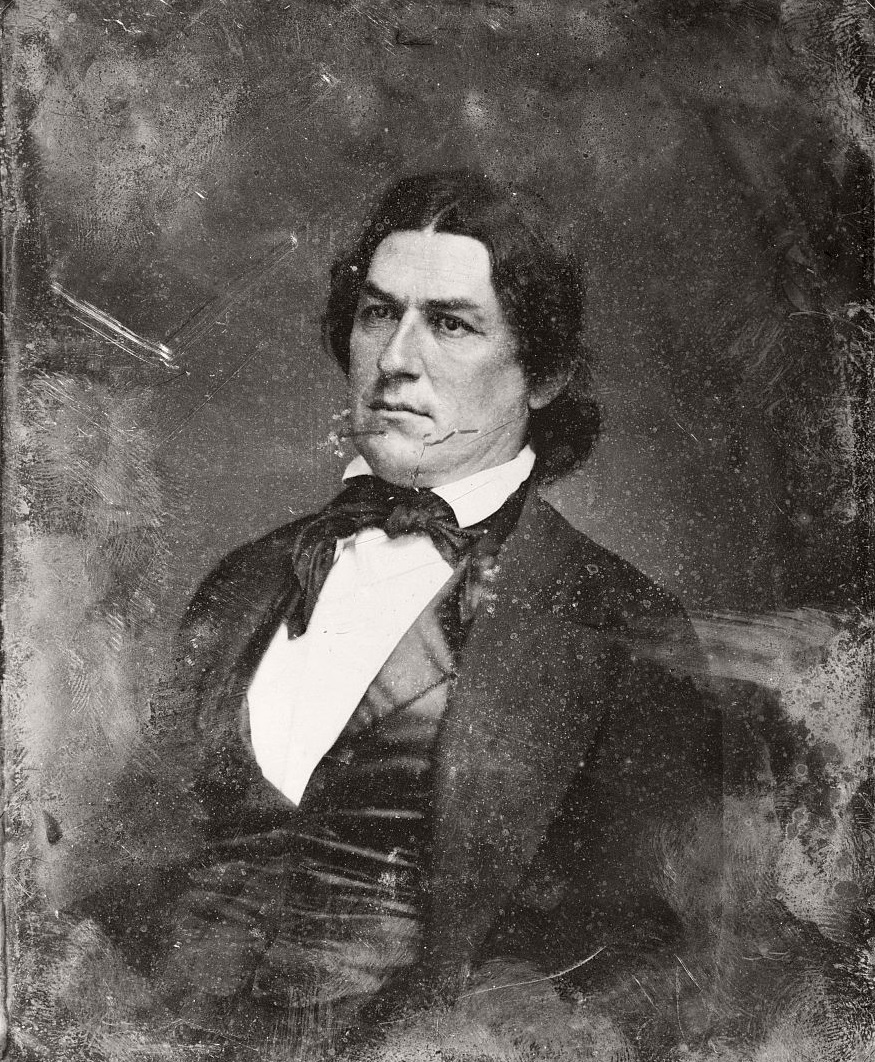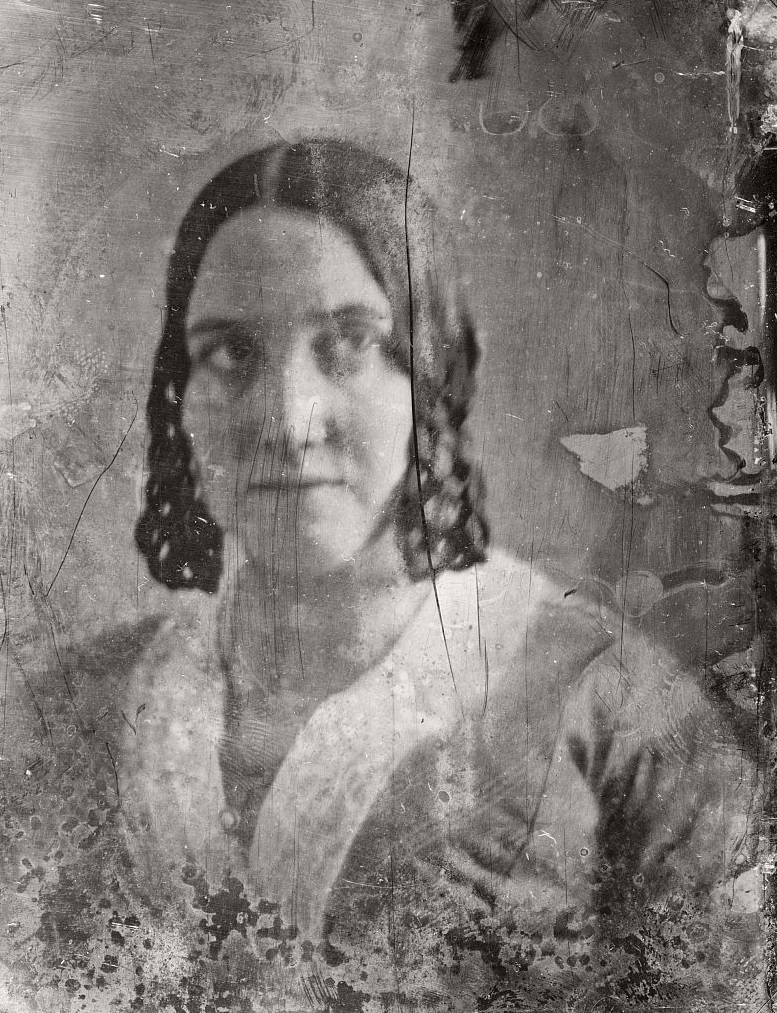Between 1844 and 1860, Mathew Brady’s studio in New York City became a hub for producing some of the most iconic daguerreotypes of the time. Daguerreotypes, the first widely used form of photography, allowed people to capture realistic images for the first time in history. Brady, having studied under Samuel F. B. Morse, one of the pioneers of the daguerreotype in America, mastered the technique and quickly became one of the most sought-after photographers of the day. His studio was known for creating portraits of some of the most important figures of the 19th century, including politicians, generals, and celebrities.
The daguerreotype process was intricate and required great skill. The images were created on polished silver plates that had been treated with chemicals to make them sensitive to light. The subject had to remain still for several minutes while the image was exposed, a difficult task given the long exposure times required by early cameras. After the exposure, the plate was developed with mercury vapor and then sealed under glass to prevent tarnishing. The result was a beautifully detailed, mirror-like image that could last for centuries if properly cared for. Brady’s studio was known for its precision in creating these small but powerful images..
Read more
One of the first major figures to sit for Brady was Andrew Jackson, the seventh president of the United States. Although Jackson was frail and in poor health at the time, Brady’s daguerreotype of him captured the former president’s strong features and commanding presence. Shortly after, Brady also photographed John Quincy Adams, another former president. These early portraits helped establish Brady’s reputation as a leading portrait photographer in New York.
Brady’s studio attracted a wide range of people, from politicians to actors and writers. The daguerreotypes produced there were prized for their clarity and detail. Unlike painted portraits, which could sometimes idealize or soften a subject’s appearance, daguerreotypes offered a stark realism. They showed every wrinkle, every strand of hair, and every detail of clothing. This realism was part of their appeal, as people wanted to see themselves and others as they truly were. Brady understood this, and his studio became known for its ability to capture the essence of a person in a single image.
The studio itself was an important part of the experience. Brady created an atmosphere of professionalism and comfort for his clients. His studio was located on Broadway, right in the heart of New York City, and was decorated elegantly to appeal to the upper class. Clients would sit in front of a simple backdrop, often in their finest clothes, while Brady or one of his assistants prepared the camera. Each portrait was carefully composed, with the lighting adjusted to create the best possible image. Brady’s attention to detail and his ability to put his subjects at ease helped him produce some of the finest daguerreotypes of the era.



















